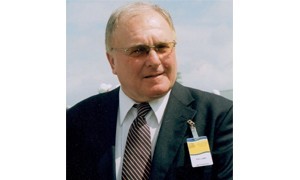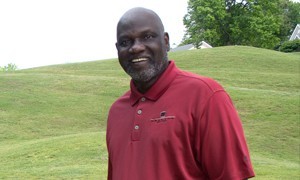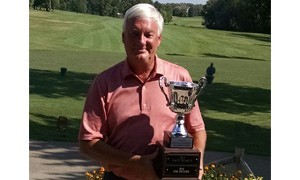Blog
Surveys To Improve Services
- Write a short questionnaire. Only the most essential things you need to know should be included.
- Use simple words. Remember your clientele’s variety of backgrounds, so keep it short with simple language.
- Don’t write leading questions, as they demand a specific responds.
- Avoid double negatives when writing a question, as it may confuse the respondent.
- Put your questions in a logical order. Remember, the issue raised in one question may influence how people think or respond to a subsequent question or issue.






